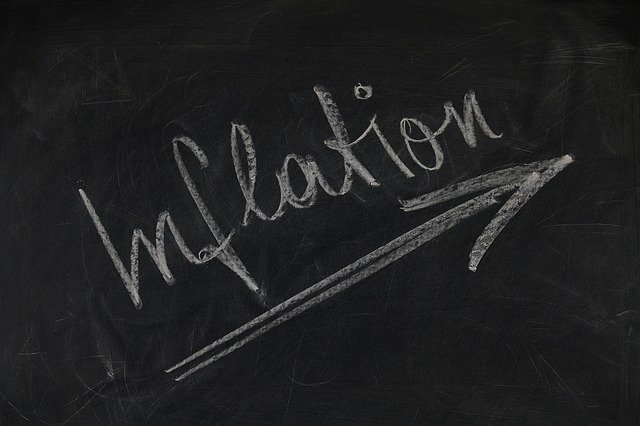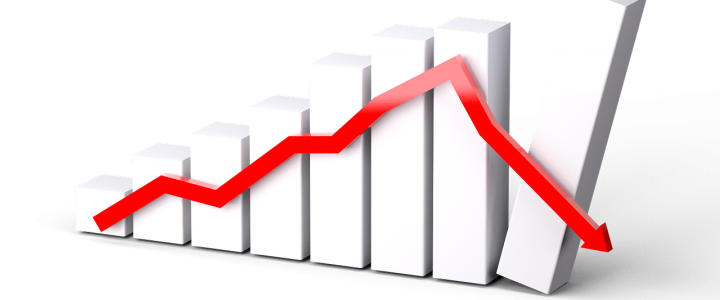This week I couldn’t resist sending out a fun finance-related “Love & Money” market brief on Valentine’s Day. This particular holiday can be tricky, as many people tend to have mixed emotions about their love life at times – and you could say the same goes for how people feel about their financial strategy.
Sometimes the matters closest to our heart are the most difficult to discuss, and that’s all the more reason to address it. Working with a trusted financial professional can give some great insight on how to break through psychological barriers to understand what’s truly behind your money behavior. I hope it sparks that need-to-have talk with the someone you trust.
Last Week
The stock market returned to its bearish ways. January CPI posted its highest annual increase in 40 years. For the week, the DJIA was down 1.0%, the S&P 500 was down 1.8%, and the Nasdaq Composite was down 2.2%. The S&P 500 fell hard at the end of the week, falling on both Thursday and Friday. The two-day loss was 3.7%, the worst since 2-day’s since Q4 2020. Interestingly, the index fell 9.6% in 2020 while the current decline is 9.8%.
Weekly mortgage applications tanked 8.1% last week thanks to rising interest rates. With the 10-year yield rising, stocks’ forward 12-month P/Es have been falling. On Thursday, the January all-items CPI was up 0.6% month-over-month and 7.5% year-over-year. Core CPI was up 6.0% from a year ago. That represented the greatest increase in annual core CPI since 1982. Used-car prices jumped 40% from last January and were a major contributor to the overall increase.
The rising price news puts additional pressure on the Fed, as markets are now pricing in a better than 50% probability of a 0.50% rate hike in March and creating whispers of an inter-meeting move. Some analysts are anticipating up to seven 0.25% increases for the year.
In a market looking for good news, weekly initial jobless claims came in at 223,000, below the 230,000 consensus; continuing claims continue to set new post-pandemic lows, at 1.621 million. Consumers confidence is down, pointing to one major concern – inflation… superseding any good news, wages, or Omicron.
Week Ahead
Kicking off with V-day today, bulls will be anxious to see if investors can rediscover their love for stocks. Unfortunately, Tuesday brings the January PPI. In this period of supply-chain crisis, expectations are for an annual change of 9.2% in all-items producer prices.
The Fed also has a scheduled “closed-door” meeting today focused on the “advance and discount rates”, fueling speculation of potential action between scheduled meetings. Whatever the outcome, it seems the only certainty is continued volatility, especially with the Russia-Ukraine situation sparking additional fears late last week. A Russian invasion on the Ukraine would likely set off a rush to lower-risk assets. However, it does not change the outlook for corporate profits over time, so any drop in equities will likely be temporary.
The end of the week presents housing data with existing home sales and construction spending. Some home buyers have pulled back as mortgage rates have jumped to near 4%, with applications dropping last week. Year-to-date, the Dow is down 4.40%; the S&P 500 is off 7.29%; and the Nasdaq Composite is back in correction territory, down 11.85% as of last Friday.
Financial Advisor Erie CO focus on investment, wealth management, and retirement planning; Boulder, Louisville, Niwot, Lafayette, Windsor, Berthoud, CO
This website is for informational purposes only and is not intended to be specific advice or recommendations. For specific advice or recommendations you would need to meet directly with one of our advisers.





